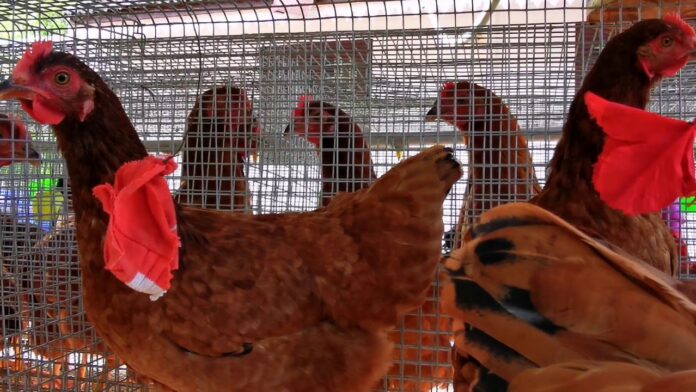The growing demand for poultry products in Kenya has offered an incredible ground for poultry farmers to make good profits.
Undertaking the venture, however, requires a lot of professionalism and good management practices, given the overwhelming challenges of disease management, feed sourcing, and market access, which have seen some farmers go belly up.
While market, feeding, and disease management are some of the top factors that determine the profitability of poultry farming, experts say the breed of the chicken reared also matters.
This article features the Indbro Brown Layers, one of the most popular chicken breeds in the Kenyan market amongst well-informed poultry farmers.
As the name suggests, the birds are brown in color and require minimal management, making them suitable for keeping in rural areas.
The IndBro is a very hardy and reliable brown layer. It is like ordinary kienyeji hens, except that it produces a very high number of eggs.
Alex Gathii: Most important things dairy cows need to produce more milk
Unlike other chicken breeds, the IndBro can survive in the most difficult rural rearing conditions and with low-cost feeding and still produce a high number of eggs.
They can feed on commercial feeds or commercial feeds mixed with locally available feeds such as grains. The birds start laying at 19 weeks and weigh 1600gm at maturity and up to 2200gm at the end of the laying cycle.
Experts say that these birds can lay up to 300 eggs in their laying circle under the most difficult rural rearing conditions and with low-cost feeding requirements.
Berlin Ajeck, a poultry farmer from Webuye in Bungoma county who rears 3,000 Indbro Brown layers, says on a good day, he collects 100 trays of eggs, which fetch Sh330 each during peak hours.
“Indbro Brown layers are very reliable and produce many eggs provided they are fed well, and the returns enable me to pay my workers and run other farm activities,” Ajeck noted.
He added that the chicken coop should be supplied with the right amount of light that enables chicken handlers to inspect their flock thoroughly for possible ailments or diseases that could spread.
It also helps them clean buildings completely to prevent the infestation of diseases.








